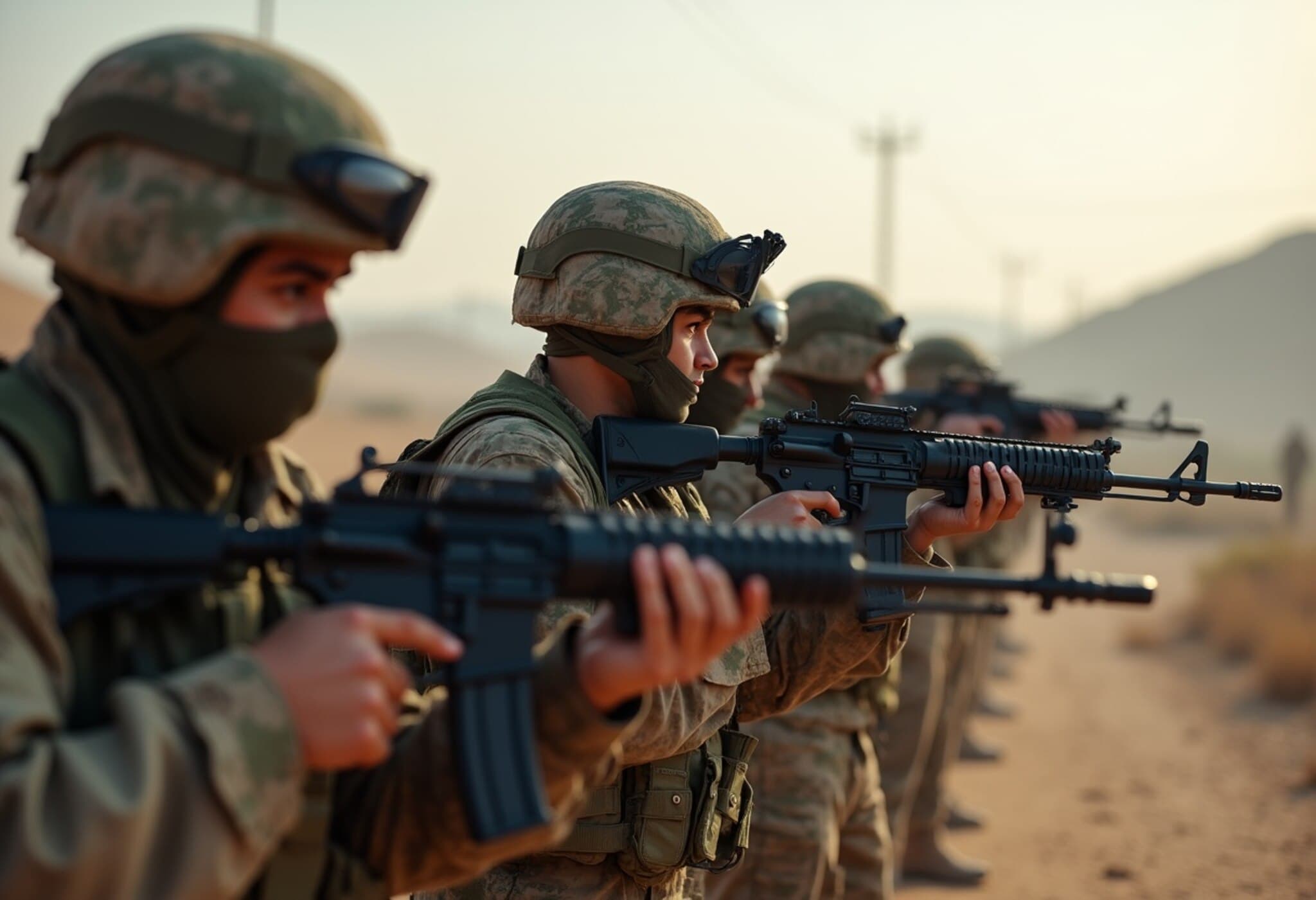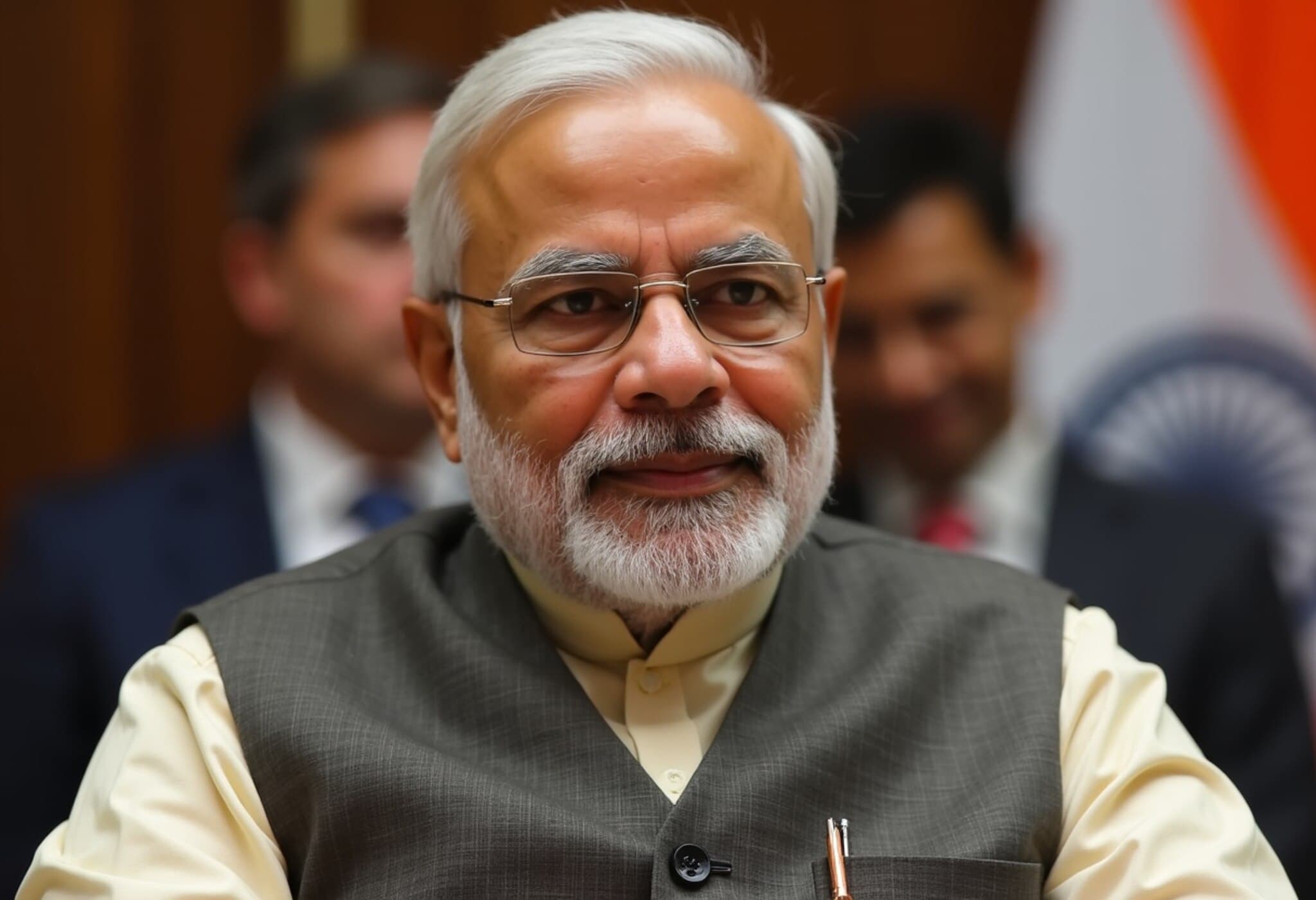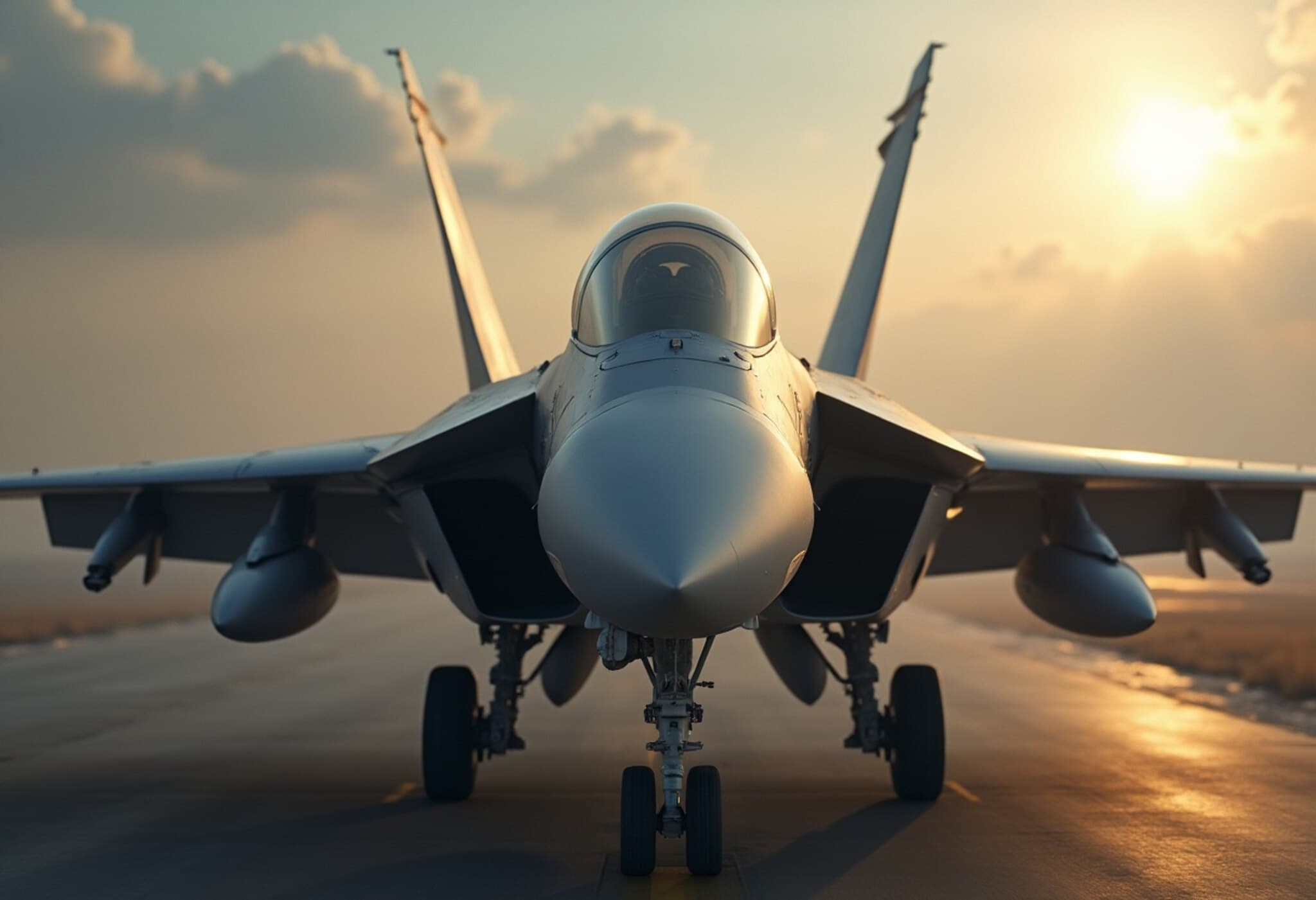Rahim Yar Khan Airbase Still Non-Operational Nearly Two Months Post-Strike
More than two months after India launched Operation Sindoor targeting multiple Pakistani military installations, Pakistan’s Rahim Yar Khan airbase remains out of commission. The Pakistan Aviation Authority (PAA) issued a Notice to Airmen (Notam) extending the closure of the airbase's runway until August 5, 2025, citing ongoing renovation efforts.
Background: The Impact of Operation Sindoor
Operation Sindoor, carried out by India on the night of May 6-7, 2025, marked a decisive response to cross-border tensions. India struck several key Pakistani military targets, including airbases, air defense units, and radar installations, following an initial cross-border attack from Pakistan. Rahim Yar Khan airbase, located in Southern Punjab, was among the primary targets.
Satellite imagery following the strikes revealed extensive damage, including deep craters blasted into the runway and destruction of several buildings on-site, severely disrupting operational capability.
The Dual-Use Airbase: Military and Civilian Operations
Rahim Yar Khan airbase functions as a dual-use facility. It serves as a base for Pakistan Air Force fighter jets and drones deployed in operations, mainly related to the India-Pakistan security dynamic. Simultaneously, it hosts the civilian Shaikh Zayed International Airport, with both military and commercial aircraft sharing the runway.
The ongoing runway repairs not only delay military readiness but also disrupt civilian air travel, impacting regional connectivity and commerce.
Decoding the Notam: Technical Details and Implications
The latest Notam issued by the PAA—its sixth since May 10, 2025—officially announces the runway closure until August 5. The coded message reads:
- OPRK: Code for Rahim Yar Khan Airport.
- QMRLC: Indicates runway (QMR) closure (LC).
- 2507170540 to 2508052359: Notice valid from July 17, 2025, 5:40 am to August 5, 2025, 11:59 pm.
- RWY NOT AVBL FOR FLT OPS DUE WIP: Runway not available for flight operations due to ongoing work.
In simpler terms, the airport will remain non-operational for flights during this period as repairs continue. This downtime underscores the extent of damage sustained and the challenges in swiftly restoring dual-use infrastructure under military and civilian pressures.
Strategic and Regional Consequences
This prolonged closure sheds light on the broader strategic ripple effects of air strikes in contested regions. For Pakistan, the Rahim Yar Khan airbase is vital for both defense and civil aviation, and its impairment bargains to degrade not just military response time but also economic stability in the region.
From a policy perspective, the sustained limitation on Pakistan’s air capabilities could influence future military calculations and diplomatic negotiations, adding complexity to the already fragile India-Pakistan relationship.
Expert Insight
Defense analyst Dr. Ayesha Malik notes, “The prolonged runway closure is a clear indication of both the precision and impact of India’s strikes during Operation Sindoor. Given the dual-use nature of the facility, Pakistan faces dual challenges: restoring military operational readiness and minimizing civilian disruptions. This situation might prompt Islamabad to rethink infrastructure resilience in sensitive border areas.”
What’s Next?
With the Notam’s expiration date approaching, close attention will focus on whether the airbase regains operational status promptly or if further delays ensue. The restoration timeline and any corresponding military or diplomatic moves could serve as a barometer for regional stability in the coming months.
Editor's Note
The extended closure of Pakistan’s Rahim Yar Khan airbase, a critical node in both military and civilian aviation, spotlights the enduring aftershocks of Operation Sindoor. Beyond the immediate destruction, it raises pertinent questions about the resilience of dual-use infrastructure amid geopolitical conflict and the cascading effects on civilian life and regional security. Observers should watch for how Pakistan balances reconstruction efforts with ongoing tensions, and how this may impact future India-Pakistan engagements.



















